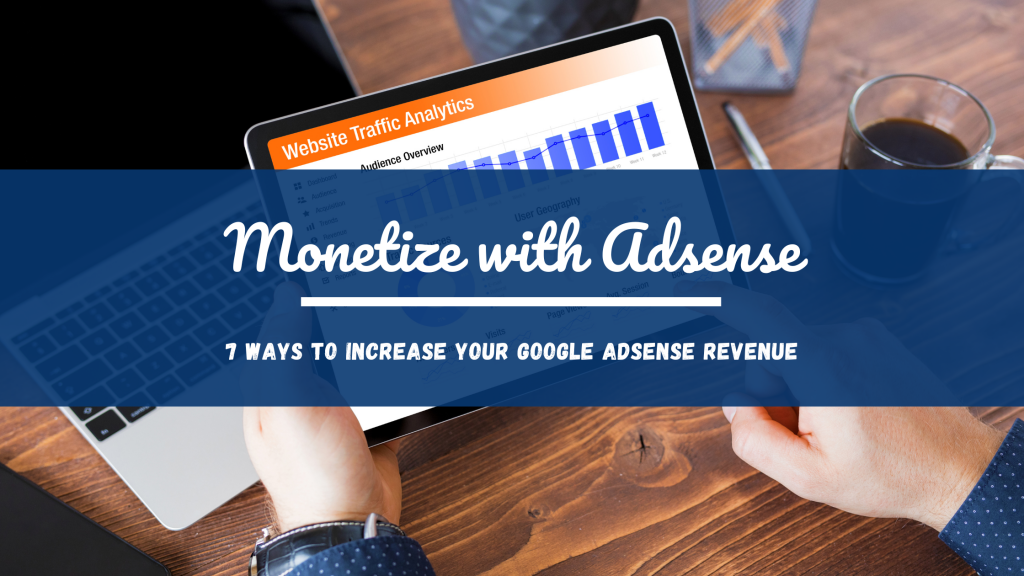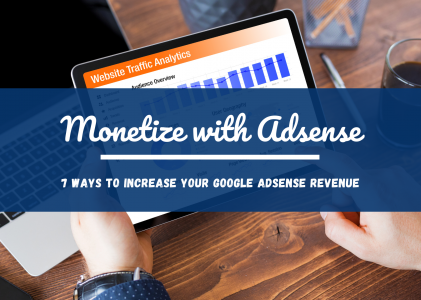
#2 BOOST CONTENT ENGAGEMENT
Get more clicks and increase revenue by writing for a niche market. Identify a specific market and cater to their needs. Define your audience based on their unique needs or preferences. For instance, you can target pet owners, remote workers, female CEOs, gamers, and so on. Produce content that they are interested in. The kind that helps them solve an existing issue, learn better or effective ways to carry out tasks or enable them to meet their goals.
For example, if you are a tech blogger, you can narrow things down and target Apple fans. Blog about the latest software updates, new products, and so on. Mention unique product features and help users find their way around a new software upgrade.
You can also boost interaction by choosing debatable topics. For instance, “5 reasons why Mac users fare better than Windows fans” or “6 reasons why you should switch from Android to iOS.” This is the best way to attract both Apple fans and Windows users. It is the most effective way to ensure users engage with your content and share their opinions.
Be creative. Share content that sparks interest and raises curiosity. For example, leave a question after a product review to encourage your followers to participate. Ask your audience to leave comments or share their opinion. Keep the conversation going by responding to every comment.
Share short high-quality videos. Record a 5-minute how-to video or host a Q&A session. Go live and ask your subscribers to ask any question around your area of expertise. Give practical answers and solutions to problems.
You can also interview an influencer or someone who has already reached certain goals that your subscribers are aiming at. Share useful tips on how to go from A to Z or reach a certain goal.
Increase AdSense revenue by running ads that are in line with the type of content you create. For example, if you are a web designer and create content that helps small businesses meet their online marketing goals, you can use “A step-by-step guide to designing and launching your website” and recommend a hosting company. Advertise the one you are using or the one you think is best. Add an image or video ad within your content to inspire action and generate more clicks.
The best part about picking a niche is that it makes it easier for users to trust your opinion as well as ads. For instance, when your followers know that you are an expert in online marketing, they will trust the marketing software you recommend.
#3 OPTIMIZE FOR SEO
Next, optimize your site for SEO to ensure your pages appear on searches. Include relevant and popular keywords in your content. Know and understand your audience. What words or phrases do they type in searches when looking for certain information?
Use Google Keyword Planner for keyword research. You can also Google certain phrases or use YouTube’s search engine for suggestions.
Include the most relevant keyword in your headline. For example, if you want to write about email marketing software, use “Top 10 free and premium email marketing tools to save time” or “The best email marketing tools for your business.” Ensure your article or video ranks for certain keywords.
Use meta descriptions and meta keywords throughout your content. For example, on your Google Business profile, include at least two relevant keywords in your business description. Use descriptive text and help users easily understand your area of focus. If you own a computer repairs business, for example, include the words; computer repairs or tech solutions. If you own a content creation business, include; content creation, article writing, web content creation, and so on.
Optimize for mobile and ensure your blog is responsive. Check your site’s responsiveness with BrowserStack or Screenfly.
Optimize your images and videos. Add meta titles and descriptions. Add alt text to your images. Include compelling CTAs and guide users through your content. Use TinyPNG to compress images and speed up page load times. Minify CSS and JavaScript files, reduce the number of redirects and enable browser caching. These are some of the most important steps to help speed up your site. So, implement them to keep visitors on your website longer and give them the best experience.
Use internal linking or link from one page on your site to another to retain your audience and generate more clicks.
Use the best SEO monitoring tool to track performance and make the necessary adjustments. Use Google Search Console, DeepCrawl, or SEOmonitor.

